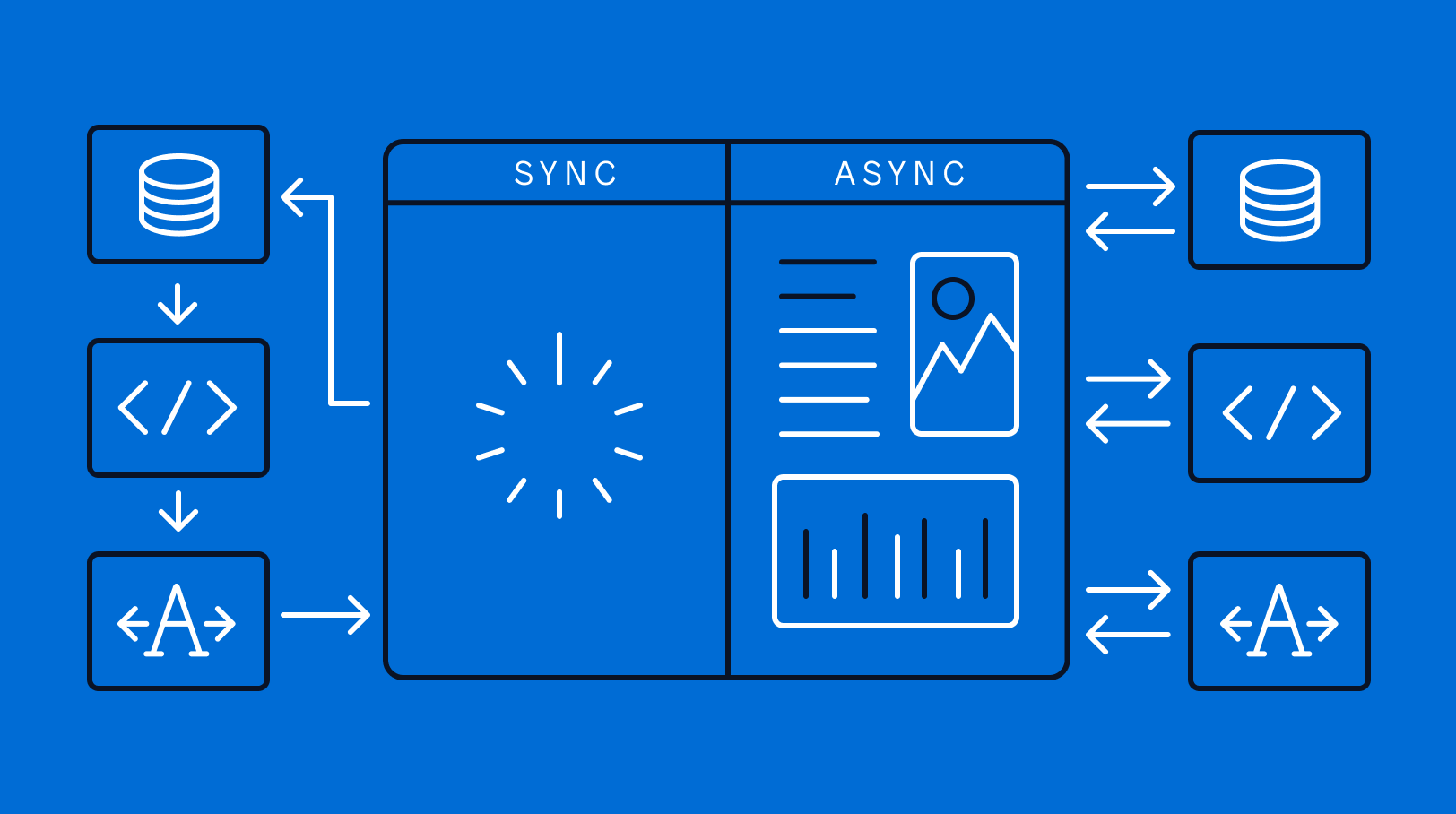In the digital era, where users expect instant responses and seamless application performance, asynchronous programming has become the key to meeting these expectations. But what exactly is asynchronicity, and how does it impact web application performance? In this article, we take a closer look.
Asynchronicity in programming refers to a system’s ability to process tasks independently of the main thread, enabling multitasking and better efficiency. This approach differs from traditional synchronous programming, where tasks are processed sequentially, potentially causing delays.

Source: www.mendix.com
Why is Asynchronicity Important?
Scalability
Asynchronous applications are more scalable. They can handle more users simultaneously without requiring additional server resources, leading to lower costs.
Performance
With asynchronicity, applications can process multiple tasks concurrently, reducing response times and increasing overall speed.
Better User Experience
Users don’t have to wait for one task to finish before starting another. This results in a smoother and more responsive interface.
Benefits of Asynchronicity in Web Applications
Resource Optimization
Asynchronous operations make better use of resources such as CPU and memory, ensuring faster and more efficient application performance.
Reduced Latency
Asynchronous operations, such as database queries or large file processing, do not block the main thread, resulting in faster application execution.
Improved Error Handling
Asynchronous operations allow for better error management and handling without interrupting the core functionality of the application.
Conclusion
Asynchronous programming is not just a trend but a key factor in building efficient, scalable, and resilient web applications. For developers looking to deliver high-quality products, understanding and implementing asynchronicity is essential.
At our company, specializing in web application development, we prioritize an asynchronous approach to provide our clients with the best experience and optimal results. If you are interested in our services or want to learn more about how we leverage asynchronicity in our projects, we encourage you to contact us.